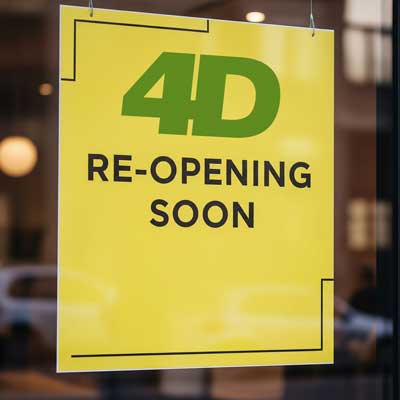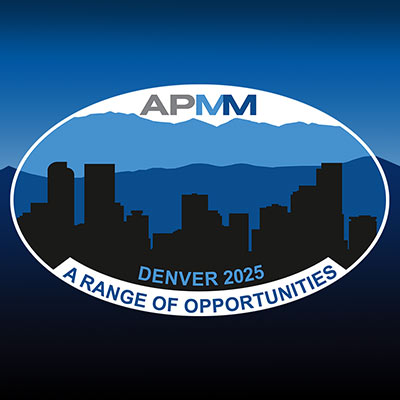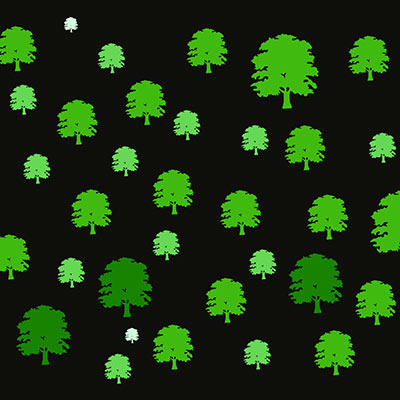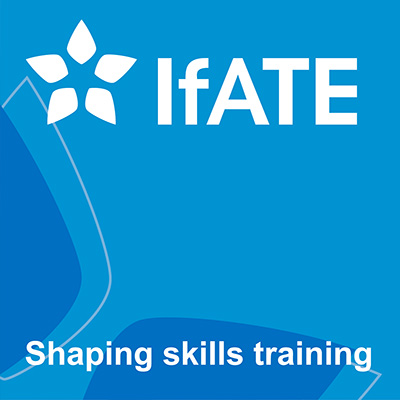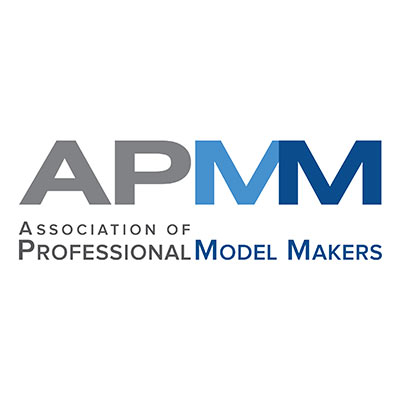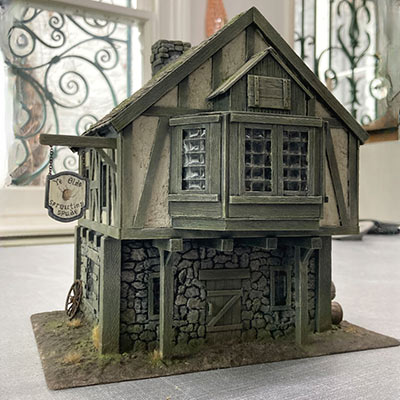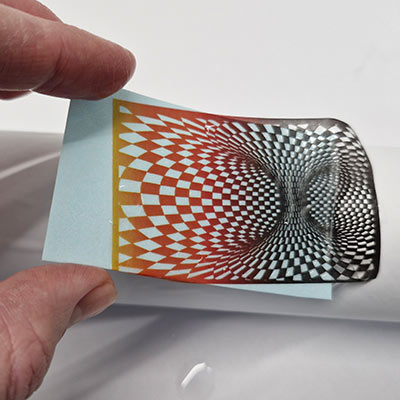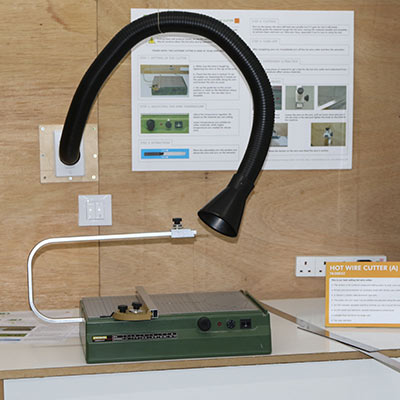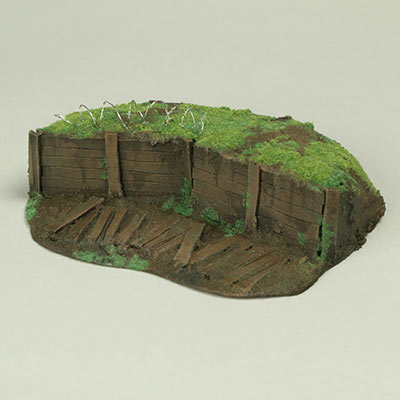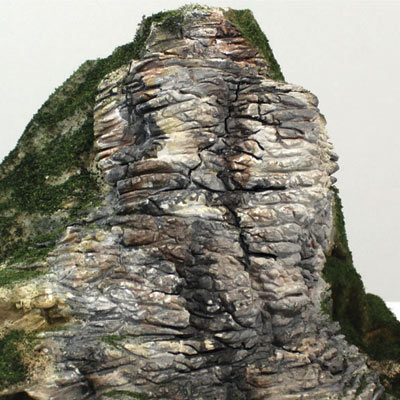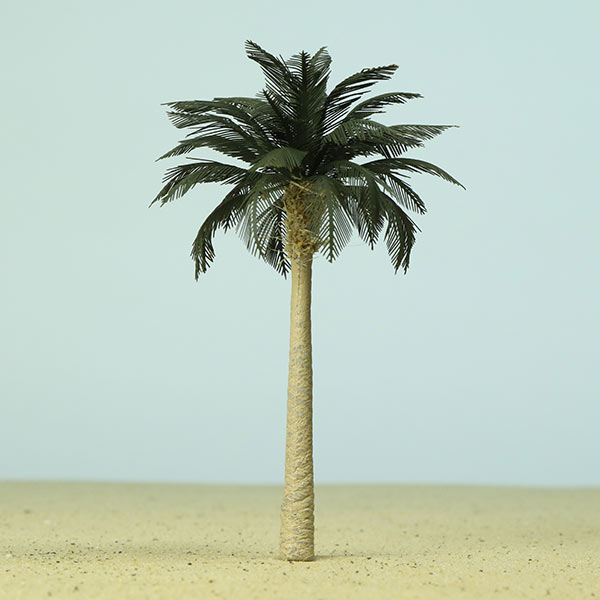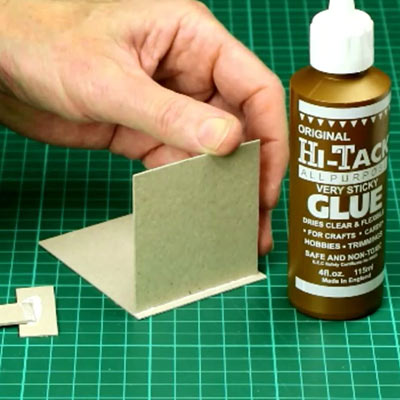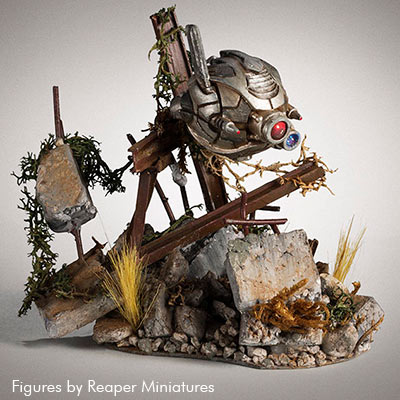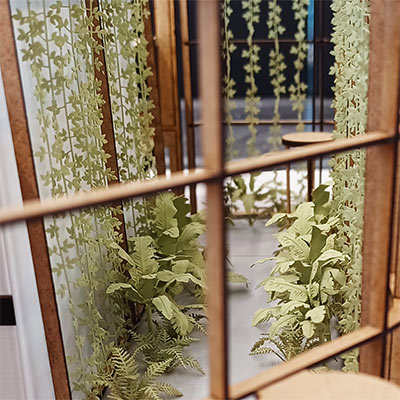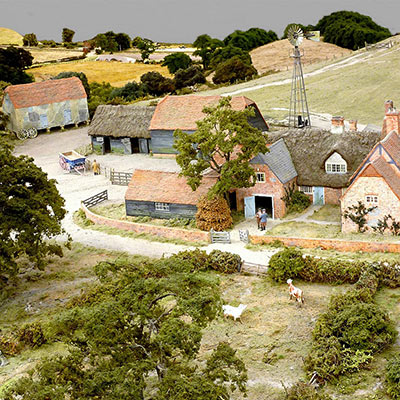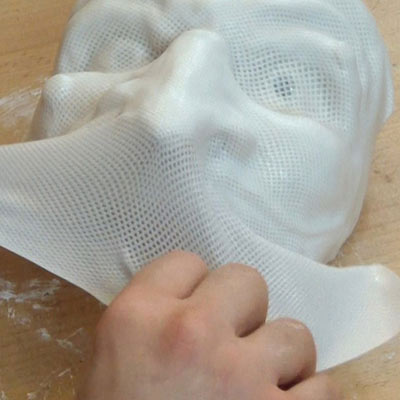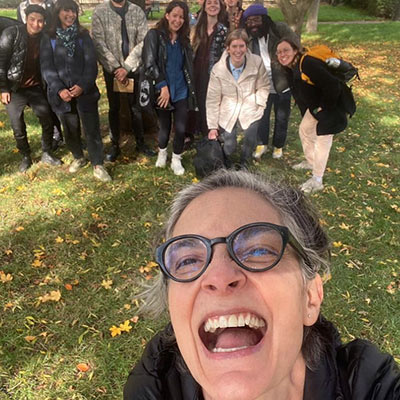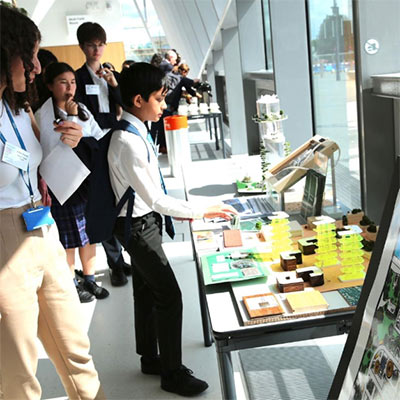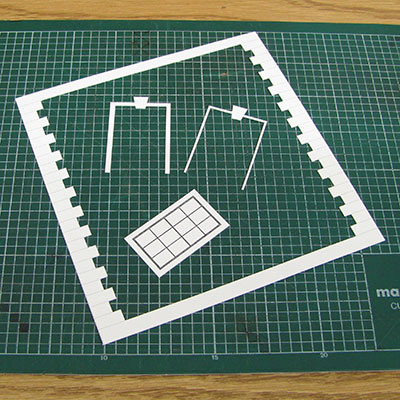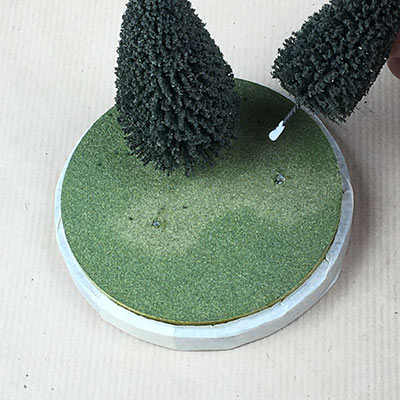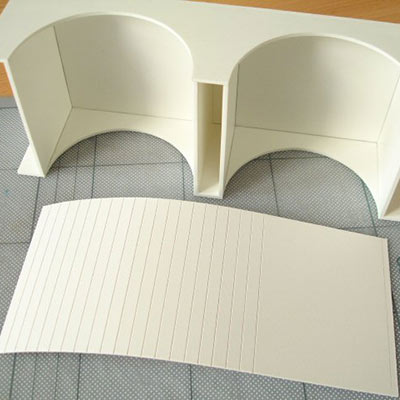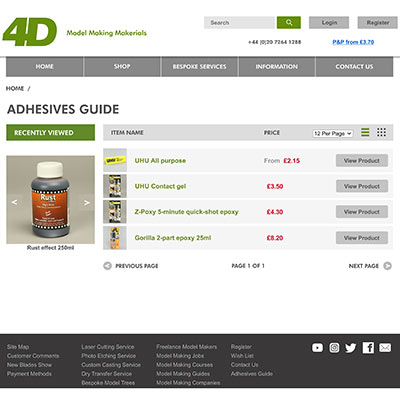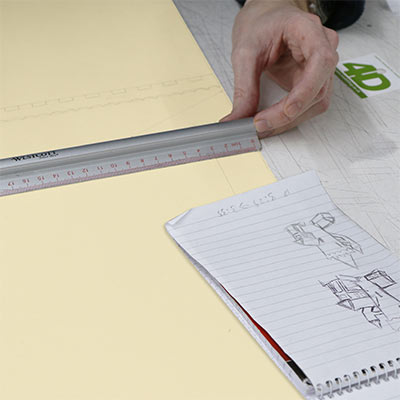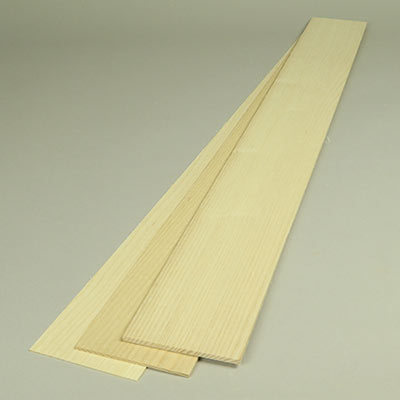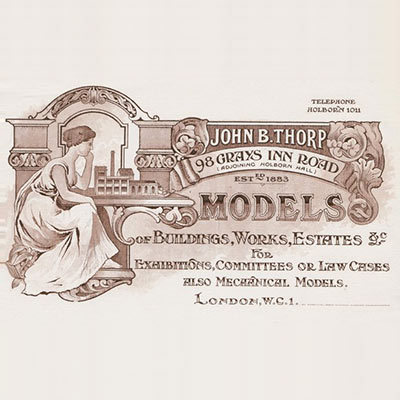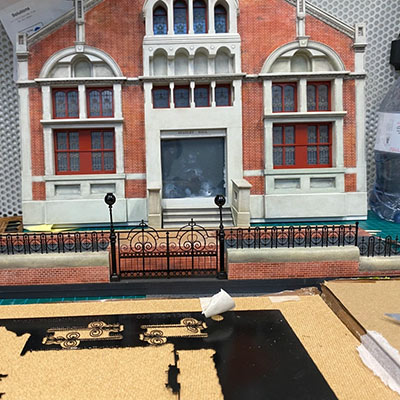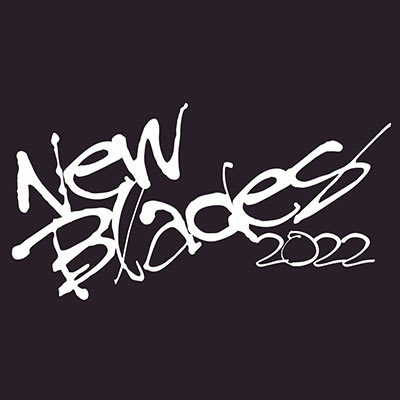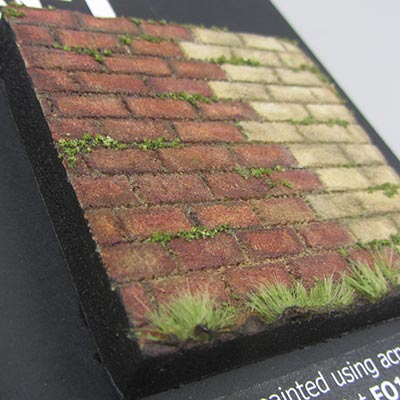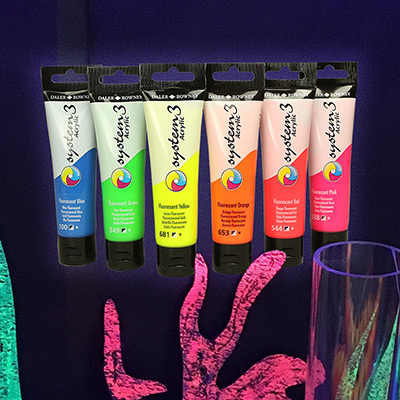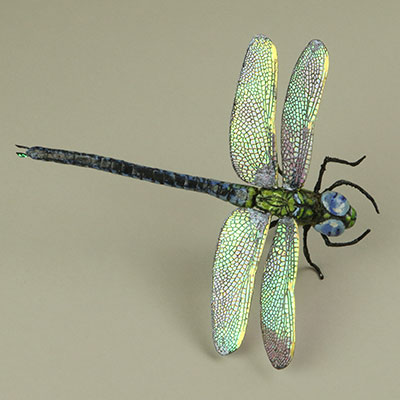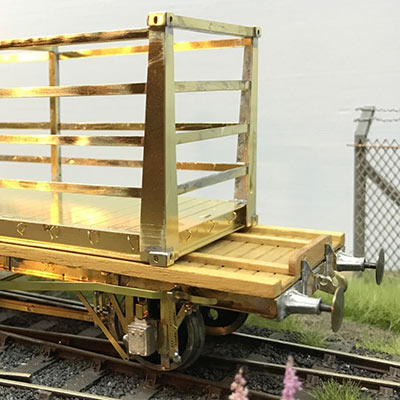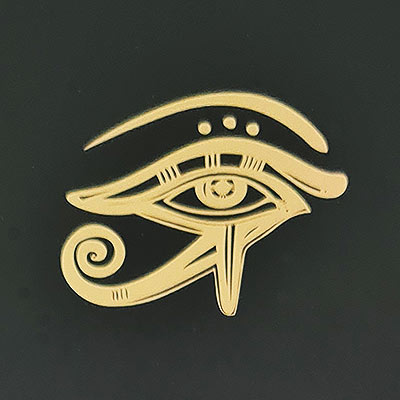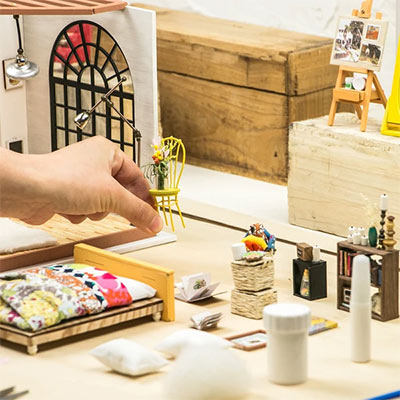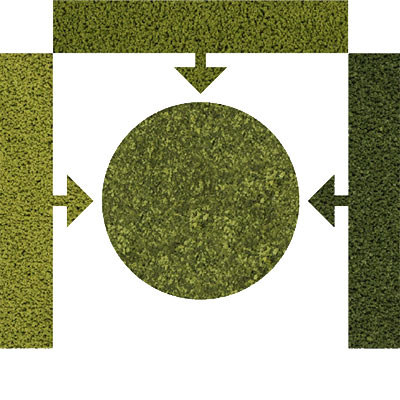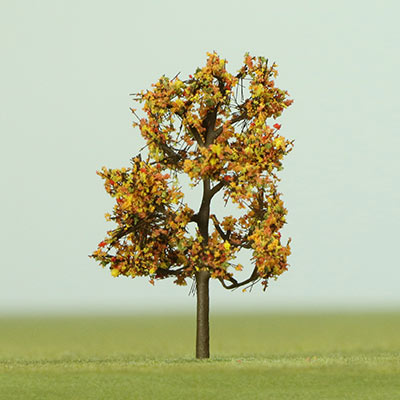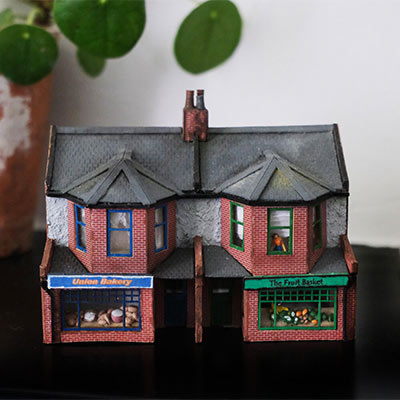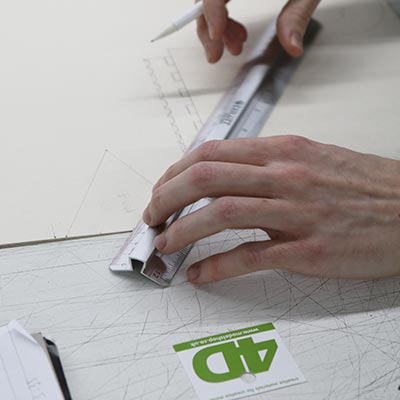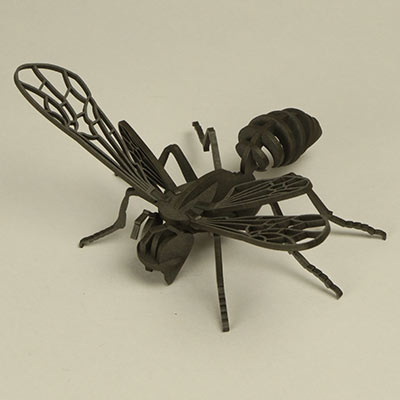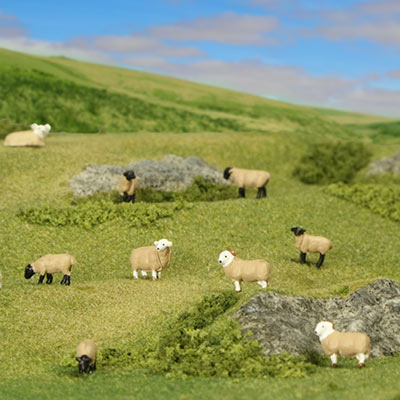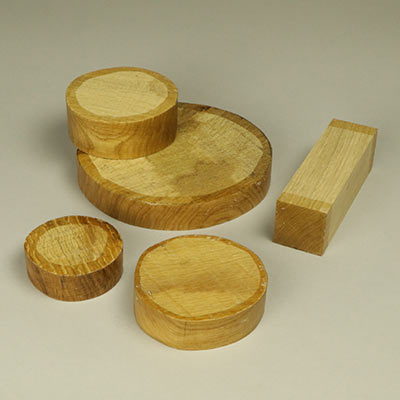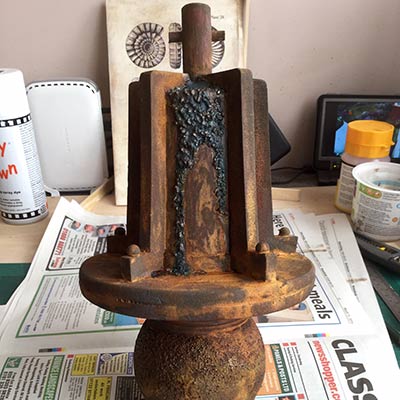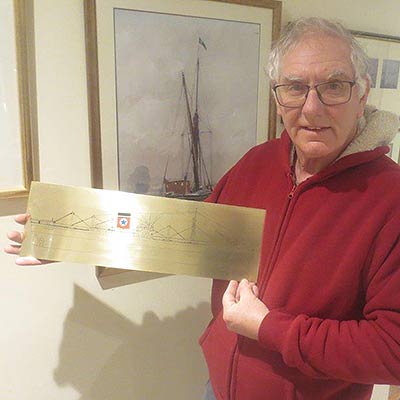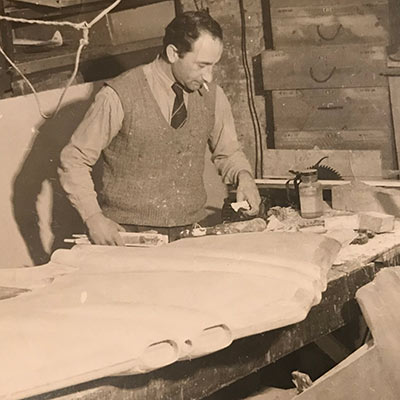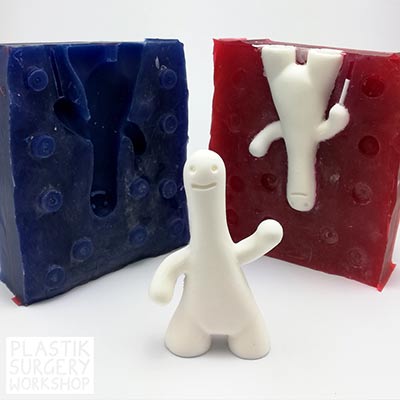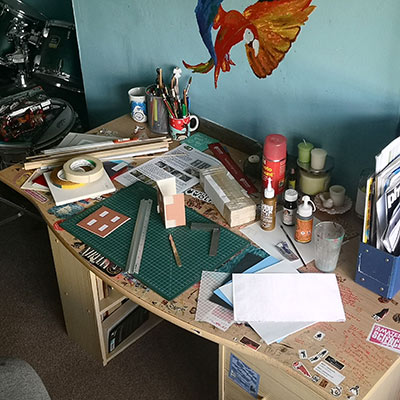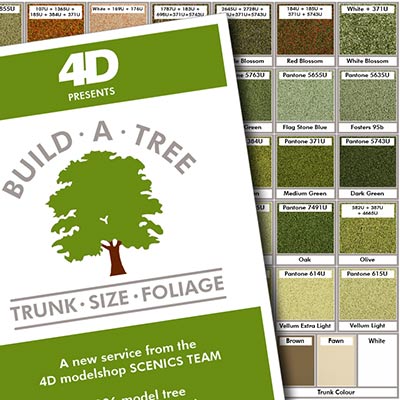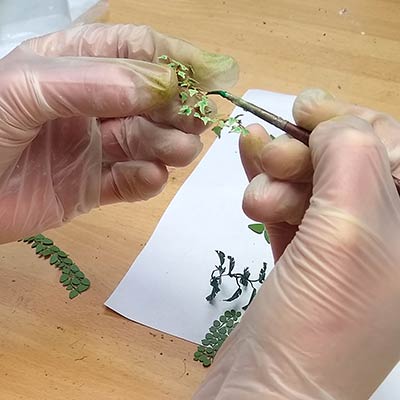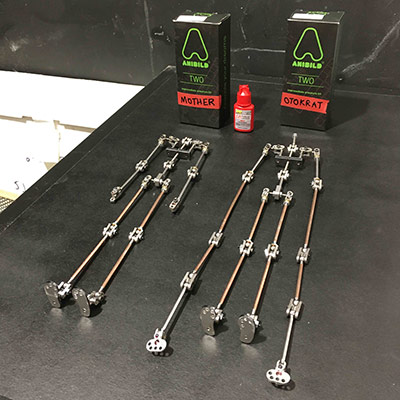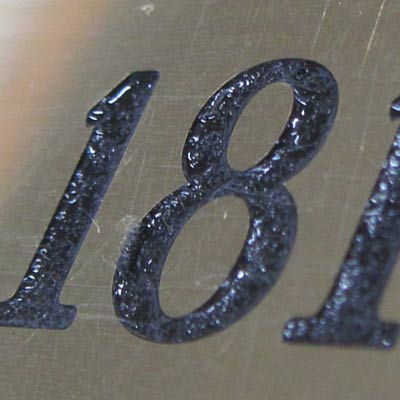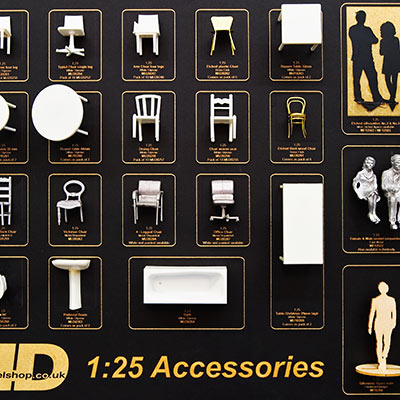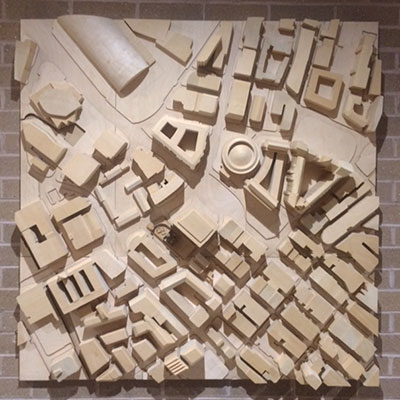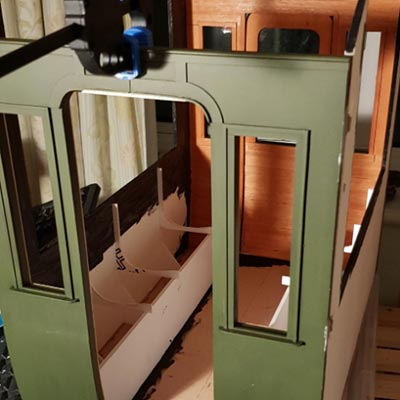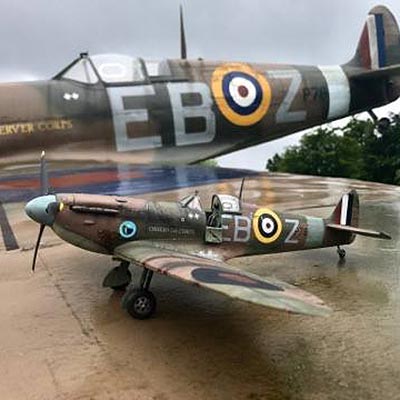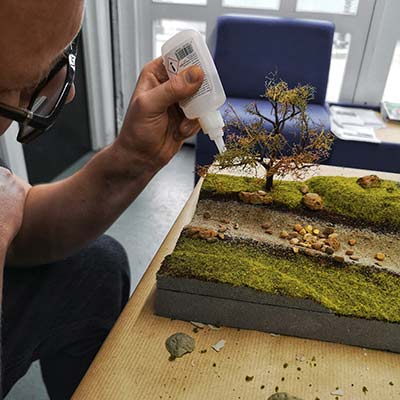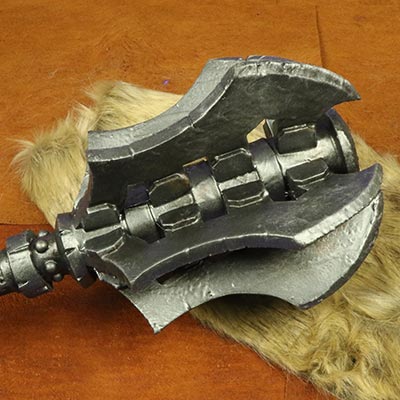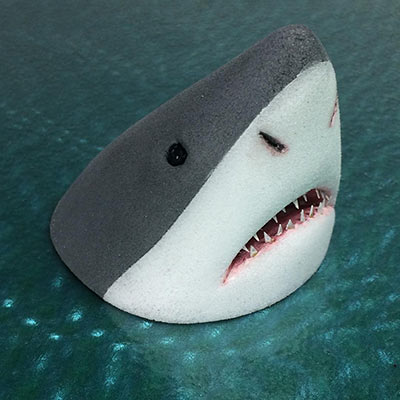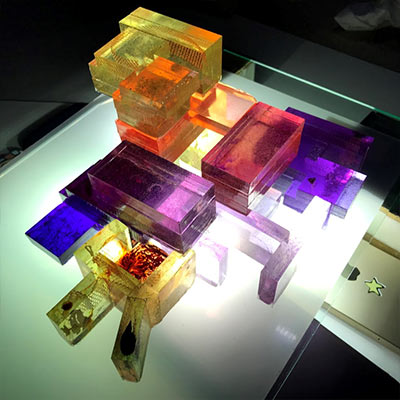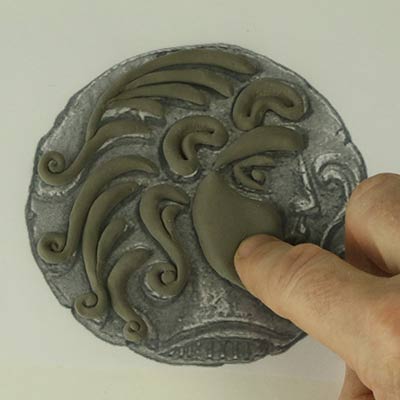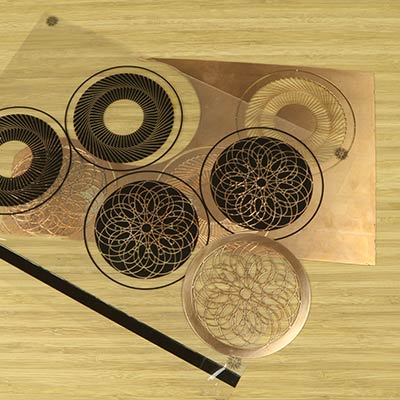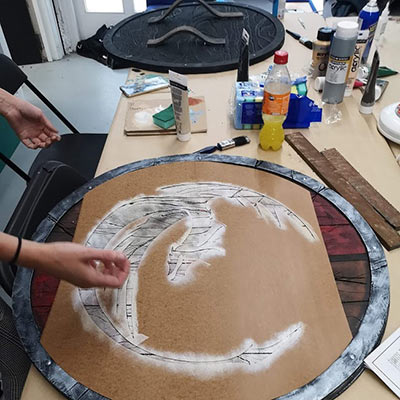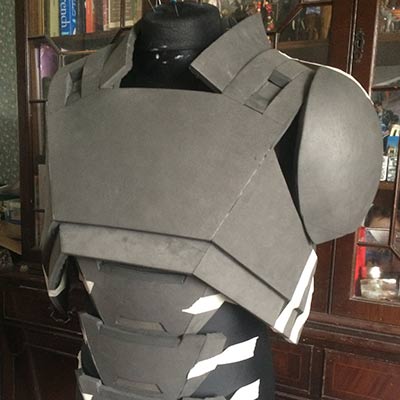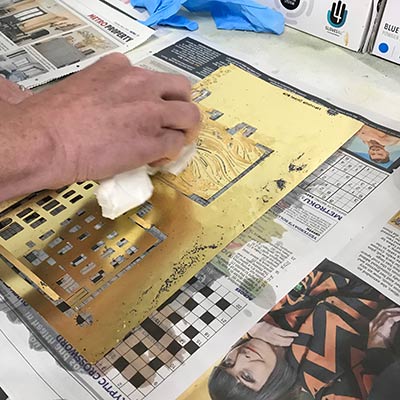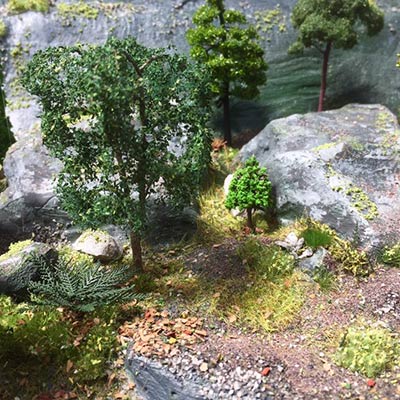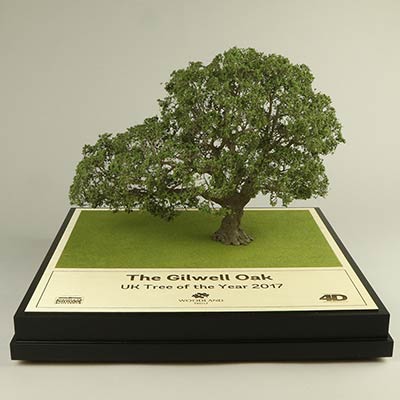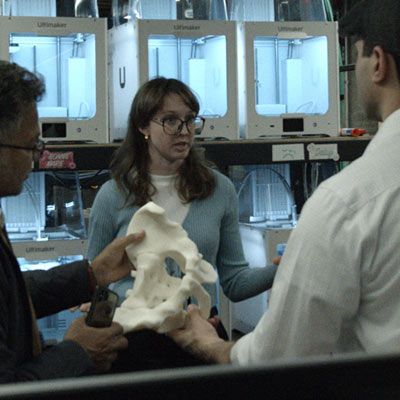
NEWS
[top]
July 16, 2025
PRODUCTION SERVICES RE-OPENING
Furthermore, we will also be actively engaged in supporting the new company, Arch 60 Limited (when incorporated), in providing the production services, previously provided by 4D modelshop - understanding their importance to many of you.
[top]
July 10, 2025
WEBSHOP RE-OPENING

You may be aware that 4D modelshop recently ceased trading. We understand the impact this may have had on the model-making community, particularly given 4D's significant contributions over nearly 34 years.
We at J Perkins are pleased to announce that we have acquired the 4D modelshop.co.uk website. As a company that has been proudly serving the creative community since 1975 from our base in Kent, we are deeply committed to upholding and enhancing the excellent service and valuable resources you've come to expect.
Our immediate priority is to bring the 4D modelshop.co.uk website back online, fully functional, and with a modernised e-commerce component. We are working diligently to achieve this by July 18th.
Furthermore, we are also actively engaged in supporting the restoration of the production facilities to ensure continuity of the workshop services, understanding their importance to many of you.
J Perkins shares 4D's core mission: to be a central hub for the creative community across London, the UK, and internationally. We are dedicated to continuing to maintain and develop the valuable resources on the website, including:
- Job boards
- Freelancer listings
- Course and company directories, and the
- Many model-making resources and guides
We at J Perkins are also committed to ensuring the continuation of the highly regarded New Blades show.
We are incredibly excited to guide 4D on its next chapter and look forward to continuing to support and grow with the model-making community.
Thank you for your understanding and continued loyalty.
[top]
March 2025
APMM CONFERENCE

Join Association of Profesional Model Makers in Denver this October for a hands-on model-making experience designed to enhance your skills and expand your professional network.
Over four days, attend expert-led workshops, gain insights from Industry experts, and tour professional model shops to see tools and workflows in action.
Beyond the learning, connect with like-minded professionals from around the world. While online networking has its place, nothing beats in-person collaboration for forming friendships, strategic partnerships, and career opportunities.
Invest in yourself—join us in the Mile High City for this exclusive model-making gathering!
• Workshops - taking place over 2 days over four time slots with multiple presentations going on simultaneously.
• Tours - visit local model shops, a chance to learn about tools, equipment, processes, materials and network.
• Activities - join your fellow model making professionals while you unwind over a drink.
• Sponsorship - a variety of sponsorship levels are available for companies and individuals who wish to support the conference.
• Venue - Sheraton Denver West hotel situated close to the light rail stop allowing easy access to Denver International Airport.
The conference is open to APMM members & non members alike.
There's also opportunities for vendors to share products & services, students to participate in portfolio reviews & explore potential employers. Visit the conference Registration for further details.

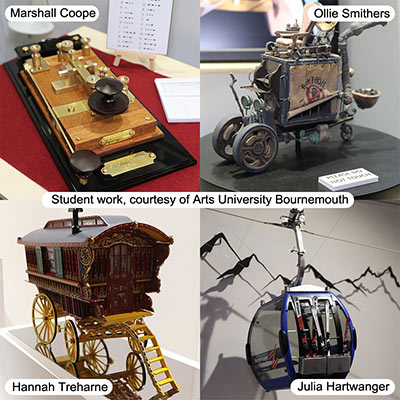
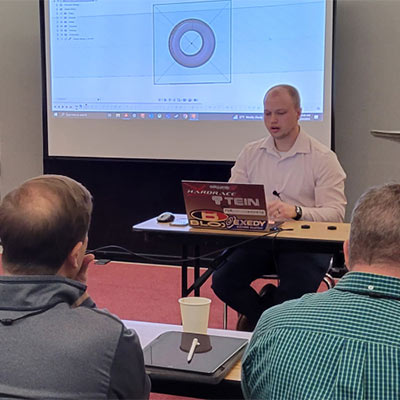
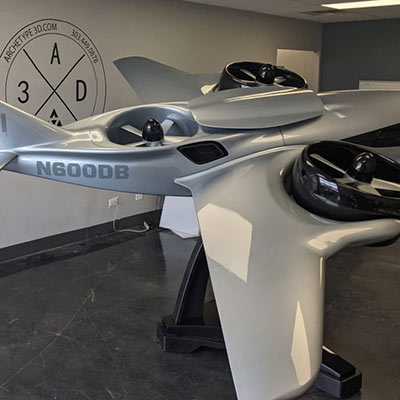
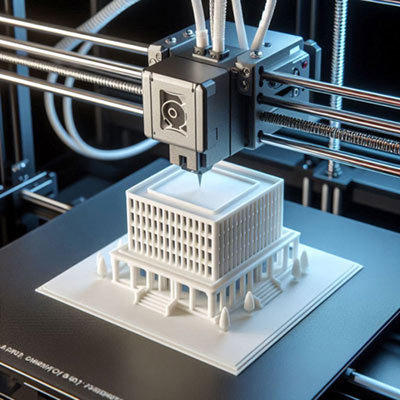
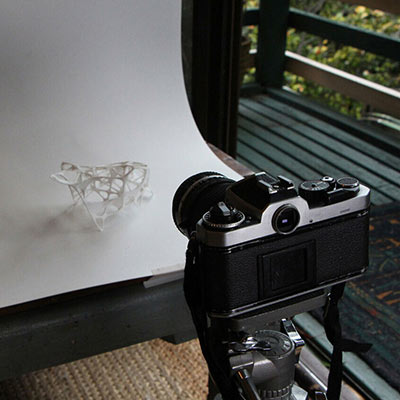

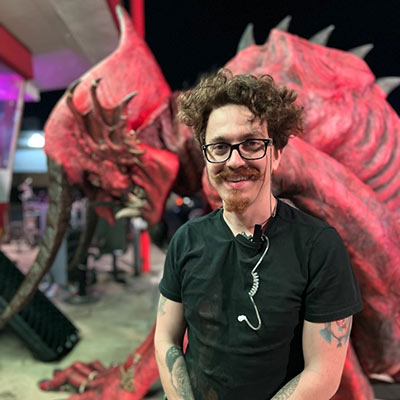
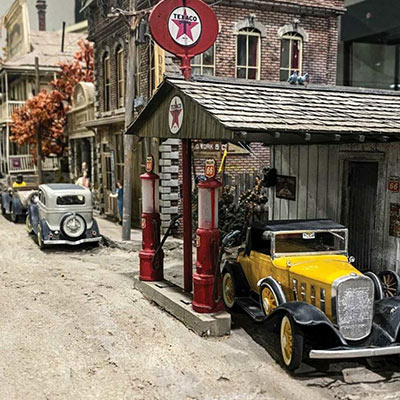
[top]
March 2025
FINNBOARD SKETCH MODELLING CARD

Finnboard is a versatile, easy to use alternative to grey board that we champion for many reasons:
• Recycled - made from leftovers from timber production.
• Sustainable - sourced from sustainably managed forests.
• Economic - our packs start at only £3.00
• Natural beige colour - much more attractive than grey board.
• Smooth surface - aids cutting & surface marking.
• Excellent flatness - aids precise cutting and scribing.
• Lighter in than grey board - makes models more manageable.
• Can be laser cut & engraved - some scorching may occur.
One of finnboards greatest assets is its ability to be formed into perfect curves. Simply dampen the surface, secure around a former & allow to dry.
We introduced finnboard to the architectural students at the University of Bath. It proved very popular & it's now their go to sketch modelling card.
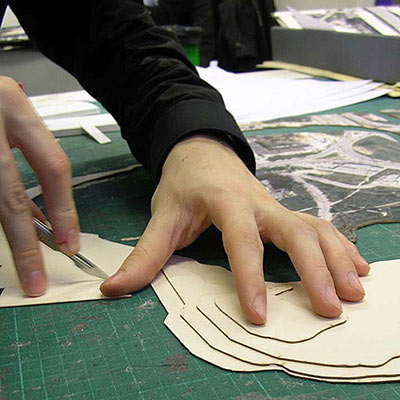
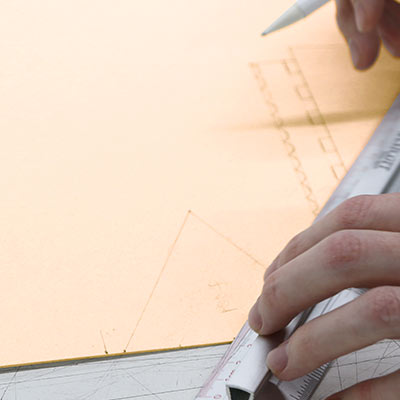
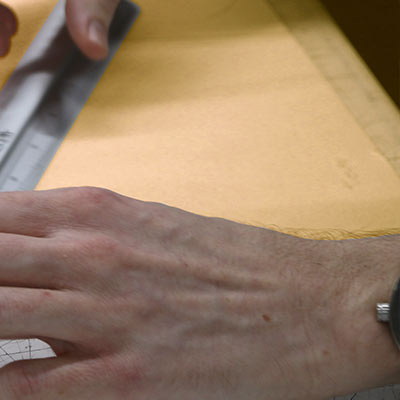
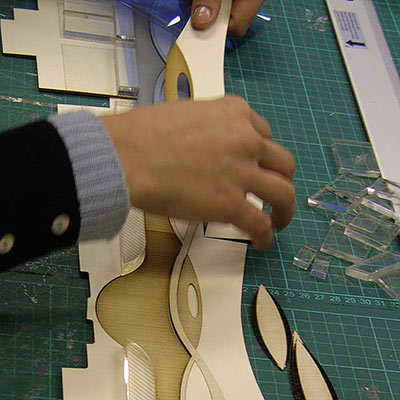
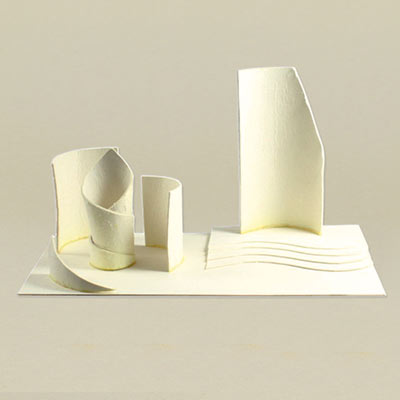
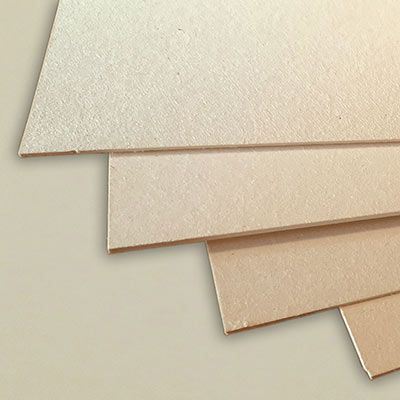
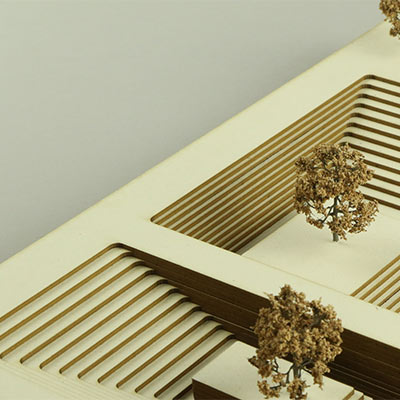
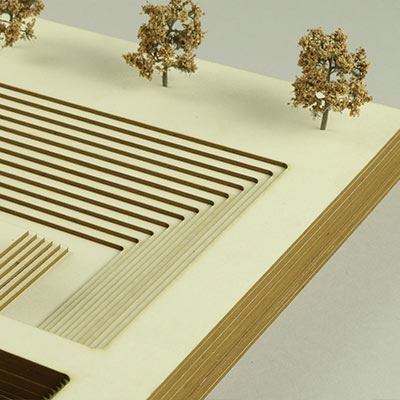
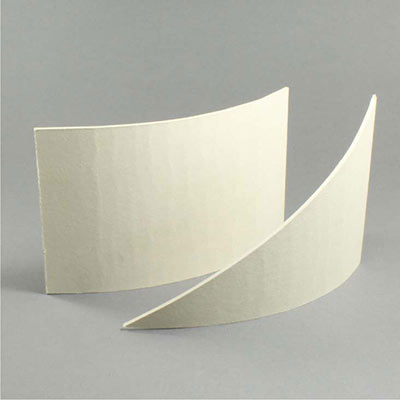
[top]
JANUARY 2025
TREE SIZE GUIDE

Choosing the correct sized model trees for your architectural model is vital to give the observer a sense of scale. If the trees are out of scale, too small for instance, the buildings will appear much taller than intended.
In a natural situation, it is suggested that this is the percentage distribution of trees around the average height of a mature tree (about 18m / 60ft):

For instance, if you choose 100 trees for a 1:150 model, you could pick: 10 x 35mm trees, 35 x 60mm trees, 40 x 85mm trees, 10 x 125mm trees & 5 x 150mm trees.
The rule of thumb is 75% of the trees should be 25 - 50% below the average height, represented by the red zone on the Tree Size Guide below.
So, for a 1:150 model, most trees should be 60 - 100mm tall, as in our Tree Bundles.
Details of the actual tree heights at each scale can be found our PDF Tree Size Guide
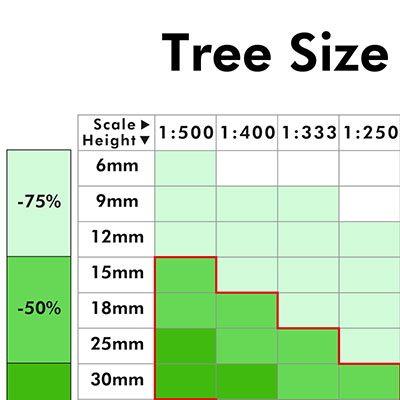

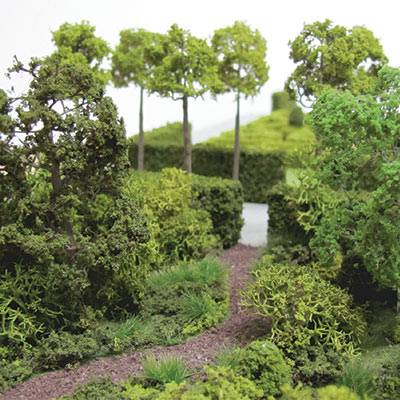
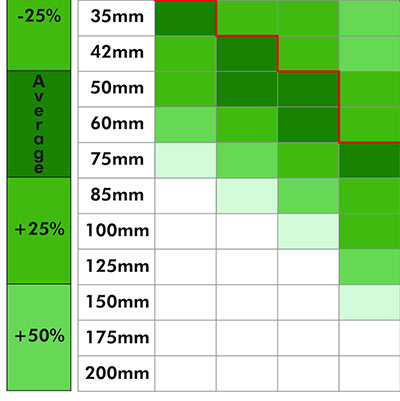
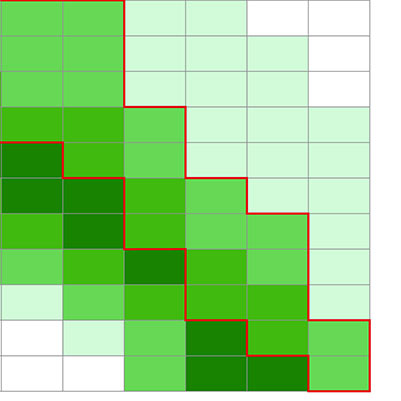
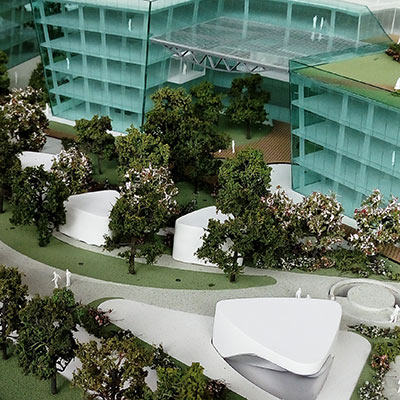
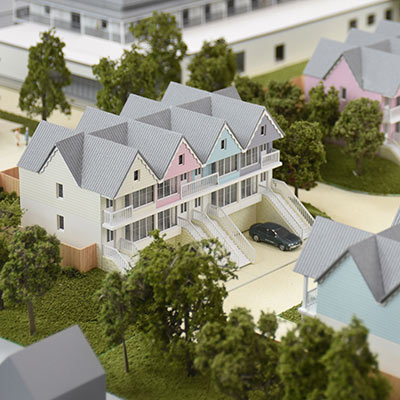
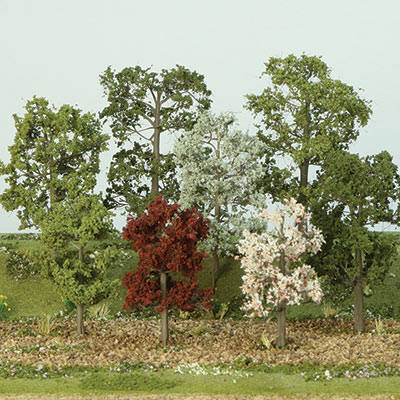
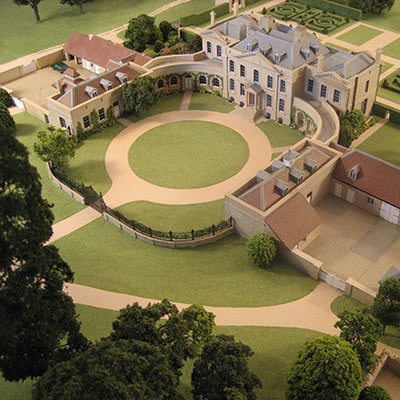
4D modelshop uses cookies to help ensure your experience on our site is the best possible. Click here to read our Privacy Policy.
Please check the box to accept and close


